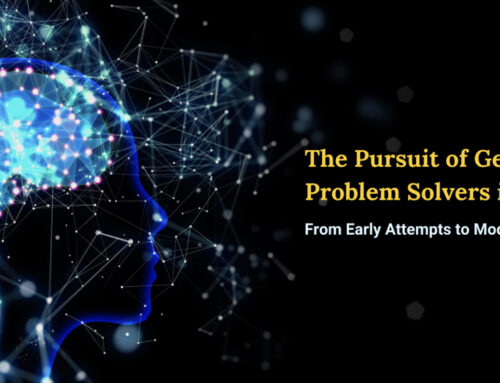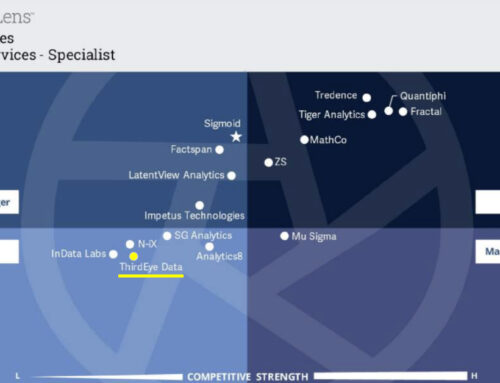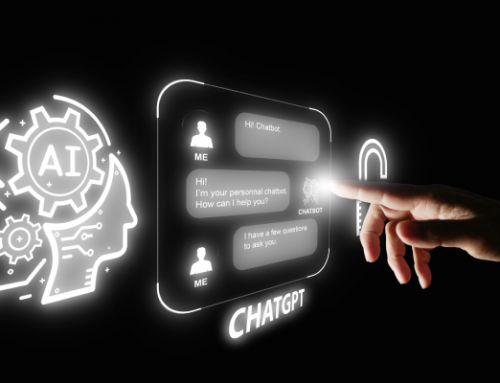How AI Preventive Maintenance Improves Utility Safety & Reduces Costs
How AI-Powered Preventive Maintenance Saves Lives, Time And Money For The Utility Sector
Across the U.S., there are 3,000 incidents of utility poles catching fire each year, many of which are caused by leakages and damages to a pole that went unaddressed for too long. Such damages can be hugely expensive when not dealt with: The average cost of a pole fire on a distribution line is $25,000. But it’s not just money that’s saved when pole fires are avoided — it’s lives and homes, too.
There are news reports that wildfires that start or spread in California could be attributed to utility companies and their equipment. According to an L.A. Times article, electrical power problems sparked fires that spanned 149,241 acres in California in 2015 (the last year of reported data). And in 2020, California saw more than 9,900 fires and almost 4.3 million acres burned. However, current methods to identify damaged poles that could lead to further fires are limited to slow, manual processes, leaving many defects unchecked.
With the help of AI-powered predictive maintenance technologies that can process thousands of electric pole images per day and identify defects, anomalies and potential hazards, utility maintenance teams can proactively address problems before they spark and potentially turn into fires. Let’s dive into how exactly they can do this.
How Can AI Help?
Defects in electric poles are usually detected by the human eye. Manually analyzing images can be a lengthy, time-consuming and monotonous process with inevitable inaccuracies. The person analyzing the images to detect defects must then decide as to whether the pole requires immediate attention. Doing this task repetitively over time, however, inevitably leads to errors in human judgment.
Here’s where AI comes in.
Predictive maintenance technologies can be used to analyze the photos and detect anomalies and report them immediately. The AI can identify if any part of the pole is broken or leaking or if certain parts are blocked or obstructed by leaves or other debris.
How Can Teams Use AI to Detect Defects?
Let’s break down the steps required to automate this process with AI.
Step 1: Set up an automated process of image collection of the poles
Utility companies must set up an accurate automated process for image collection, which will provide the key dataset for analyzing the condition of the electric poles.
The team conducting the analysis can contract third parties to take these photos with drones or helicopters. It’s also vital to employ quality assurance at this stage to ensure that the pictures have been taken correctly (i.e., from all angles and without blurriness or obstruction in the images).
Step 2: Store the images in a secure, accessible location
Once taken and verified for quality, the images must be stored in a reliable, well-performing, accessible and organized storage system. A structured and organized approach here will reduce complexity when using and analyzing the images down the line. They could be stored in the cloud or any file system.
The format of the images should be usable and consumable. Once the images are collected and stored, the rest can be automated with AI.
There needs to be proper data governance at this stage. Teams should consider who is the owner of this data, and who is responsible for safeguarding it. Otherwise, data quality and access may be compromised. This step also highlights the importance of data engineering practices within data science projects — it’s not only about the AI models but also about how the data being fed to them is treated and stored beforehand.
Step 3: Validate that the AI has everything it needs
This step is about ensuring that the algorithm has access to enough high-quality images to be able to produce accurate results. The total number of images collected for a given pole must cover its entire surface area so that the AI has enough coverage to identify a defect in any of its parts. Here, teams can use mathematical models to understand the number of images taken from each angle and identify the ones which are low-quality.
Image quality can be determined using a machine learning algorithm that divides the image into pixels and compares the color change from one pixel to another. In addition, the tags on the electric poles should always be featured and readable in the relevant images.
Step 4: Detect anomalies in the images
This is the core step.
Detecting potential anomalies (or defects) in the images involves training the neural network so that the next time the model identifies the same object in an image, it can determine not just that it is an anomaly but what kind of anomaly (debris obstruction, damage to the pole, etc.).
The data science team must train the AI model with labeled and annotated images so it can recognize all potential objects that could feature in the images — including trees, fences or leaves — and learn from any wrongly identified items. This process is called object recognition.
The aim of this technology is to soon be able to analyze tens of thousands of images per day.
Step 5: Report anomalies to the maintenance organization
Once the AI detects the anomalies, it will then assess whether or not action needs to be taken and make these recommendations to the utility company. The team responsible for maintenance should receive a structured report that allows for easy consumption of the insights and appropriate action to be taken.
Wildfires are a debilitating problem in California and elsewhere across the world, yet they are one that technology can help prevent. With the power of AI, utility companies can help reduce the billions of dollars that are spent by the U.S. government every year at the hands of wildfires.
However, the AI use case doesn’t stop with electric poles. Predictive maintenance can be used across industries, including in the oil and gas and manufacturing sectors, to identify faulty equipment and save lives, time and money down the line.
Orginally Posted on Forbes Technology Council










